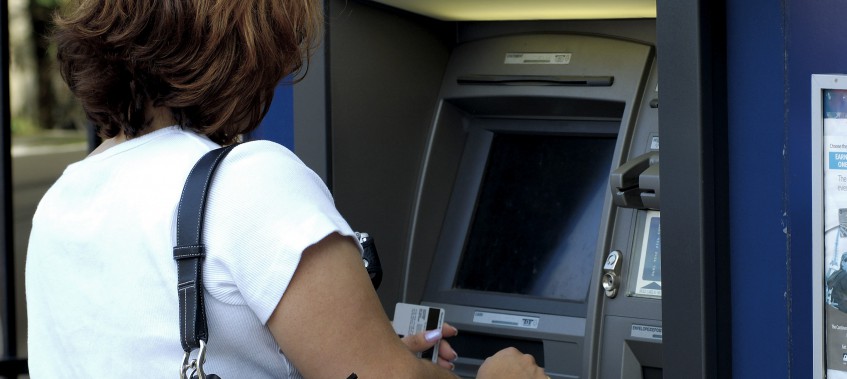
Did you know that there are more than $2 billion in losses at ATMs around the world? ATM skimming is a growing concern in the world of credit and debit card security. As technology becomes more sophisticated, it is getting harder and harder to detect ATMs that may be part of a skimming attempt. At Payoneer, we are always looking for ways to improve security for our account holders and we believe it is important for Payoneer users to be aware of this potential threat to your account information.
What is ATM skimming fraud?
It is the act of ‘skimming’ a customer’s private credit or debit card information from an ATM machine and is most commonly accomplished in 2 steps:
- A device (also known as a skimmer) is attached by the thief to the card reader on the front of the ATM machine. Because these skimmers look almost identical to the original readers, the unknowing customer enters their card as usual, and the reader then swipes the credit or debit cards information.
- Then, either a hidden camera OR a pin pad overlay (device covering the original PIN entry pad) that has been attached to the ATM records the PIN information as it is being entered by the customer. The hidden camera method is less expensive and therefore used more often than the pin pad overlay, but it is important to be aware of both.
Once the data is captured, the thief is able to make a clone of the ATM card and use it to either withdraw cash from an ATM or make online purchases.
What can you do to fight back ?
- Only use ATMs in well-lit, public locations
- Use ATMs that feature video surveillance. Thieves cannot easily install fraudulent equipment on a monitored ATM – nor would they want to try.
- Cover the pin pad when entering your PIN number (it is a simple, but effective security precaution!)
- If you see something that doesn’t look right (off-color or out of place components), use a different ATM (And make sure to alert the institution of the possible fraud activity!)
- Conduct your banking transactions inside of the bank directly with a teller
- If your institution offers an EMV card ask for it (the card won’t completely prevent skimming; however it makes the information harder to read and clone which lowers the chances of fraud)
- Avoid using public places to conduct financial transactions. Skimming devices work in a variety of ways, and some can capture card information through Bluetooth or wireless technology.
- Regularly log in to Payoneer to monitor for fraudulent activity
Has Your Card Been Compromised?
You don’t always know right away that your credit or debit card has been compromised. That’s why you have to watch for warning signs and red flags that indicate you need to get in touch with your bank. Choose a time of day to check your bank balance, such as early in the morning or right before bed. Make it a ritual so you don’t forget. The faster you realize money is missing from your account, the easier it becomes to rectify the situation.
If you ever suspect your account information has been compromised please contact Customer Support immediately: https://payoneer.custhelp.com/




